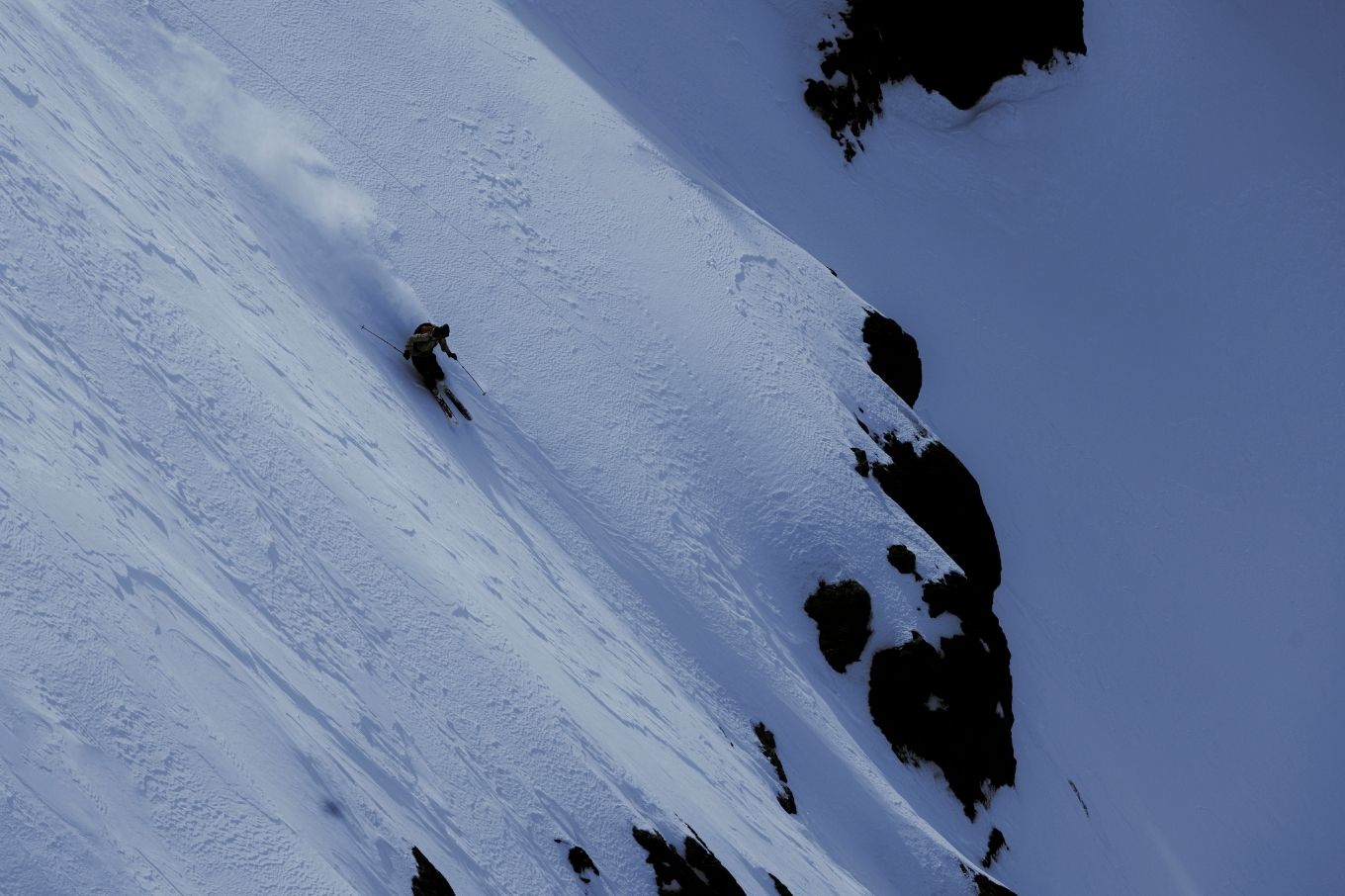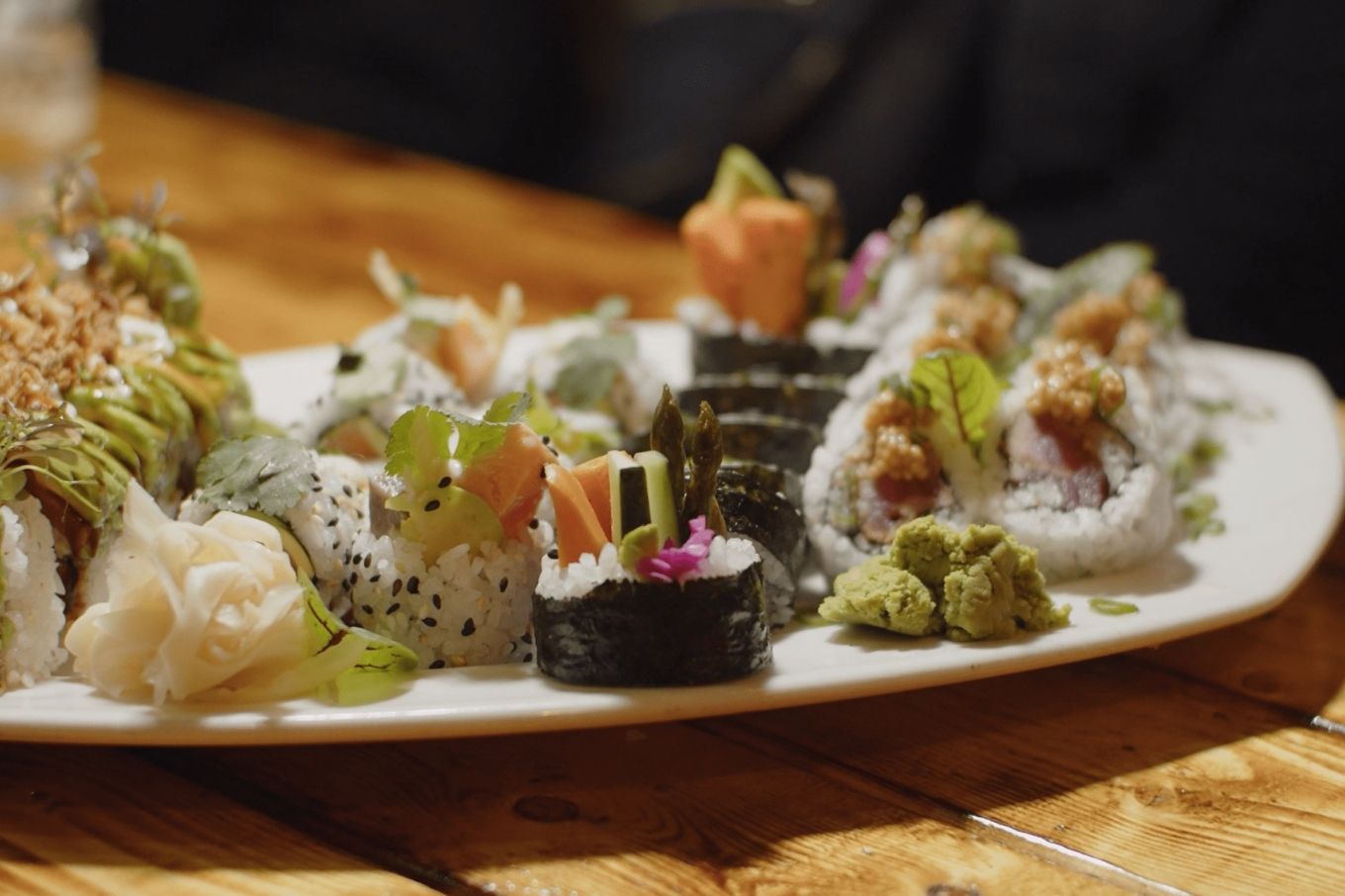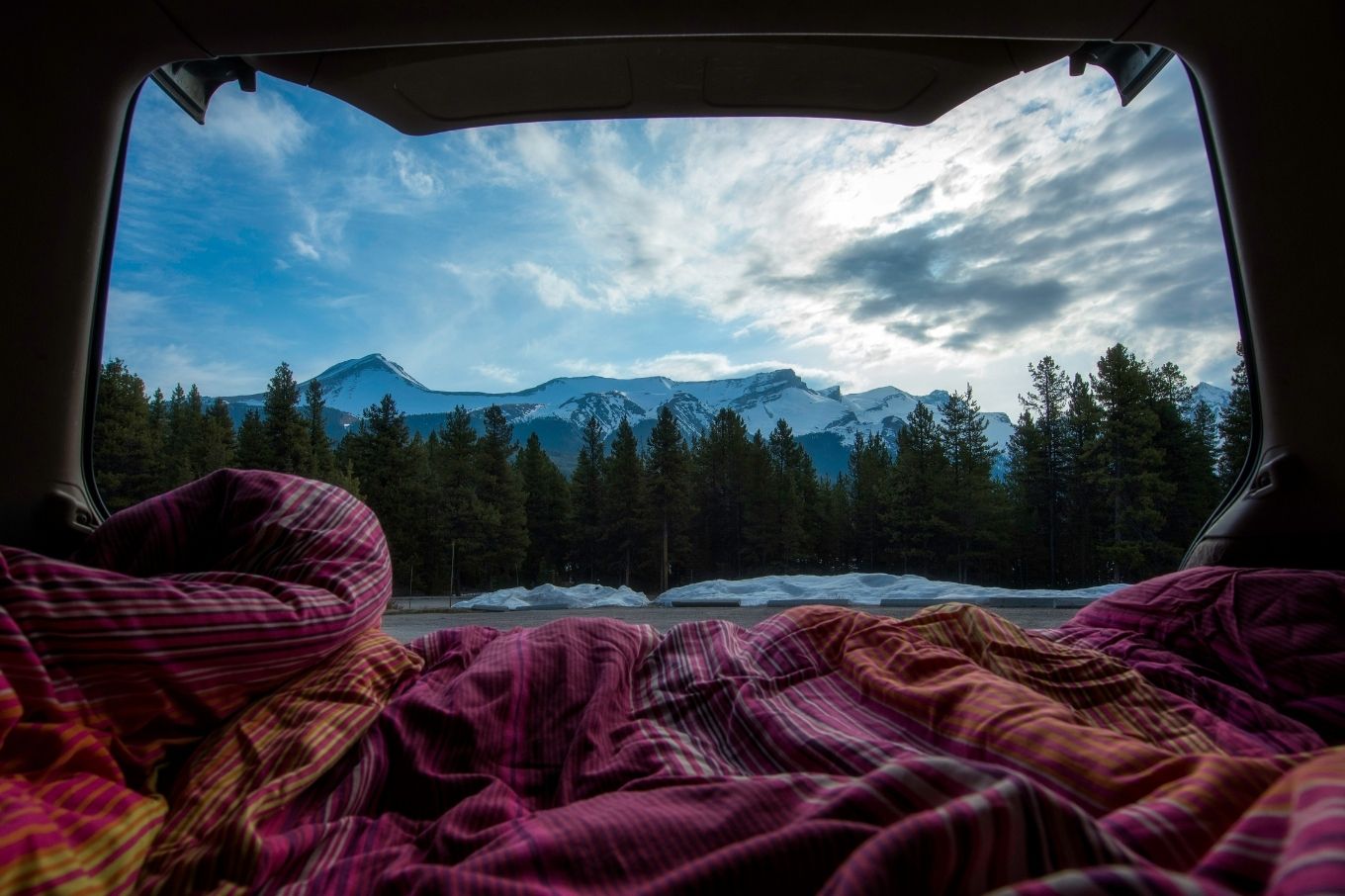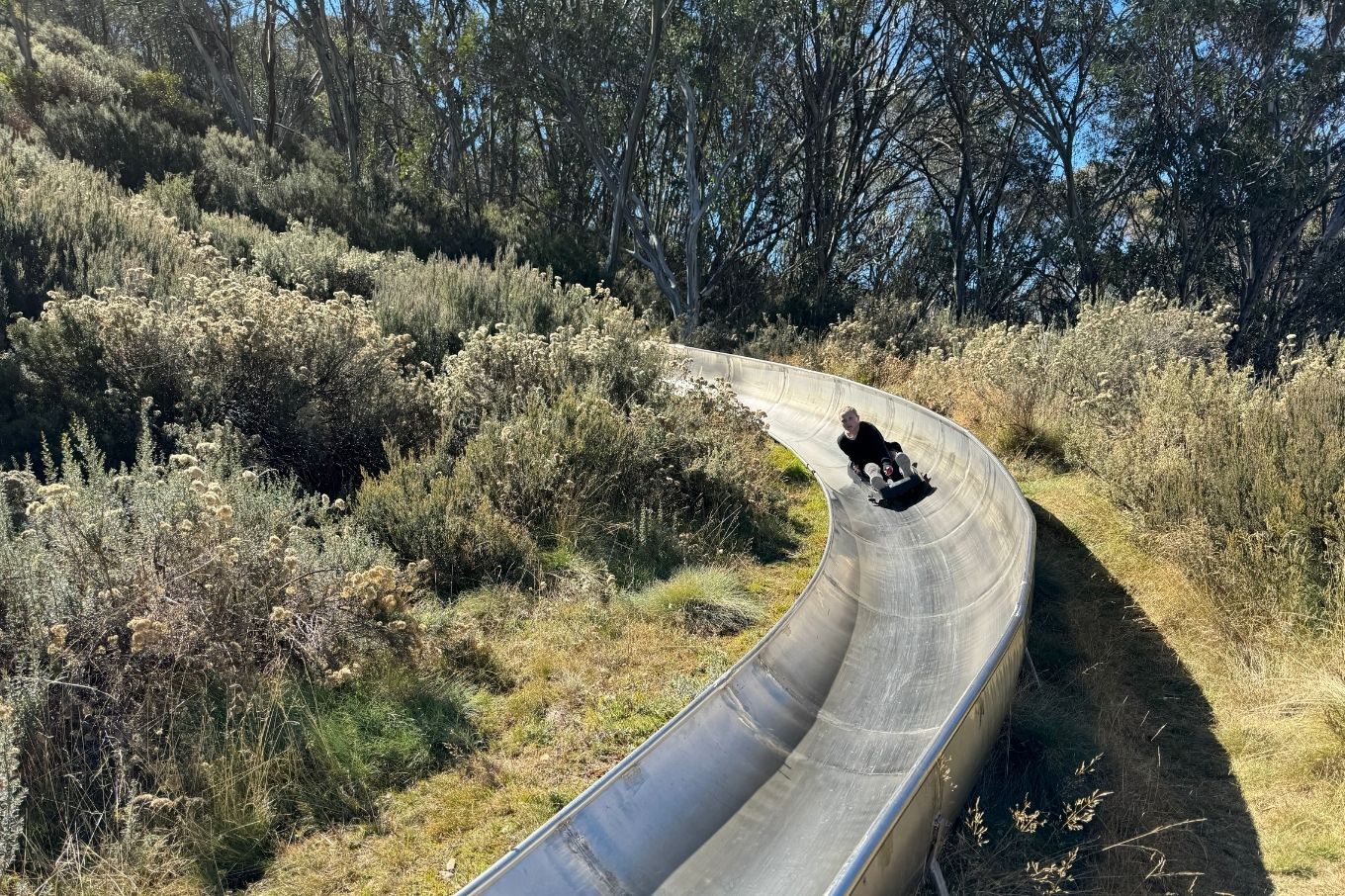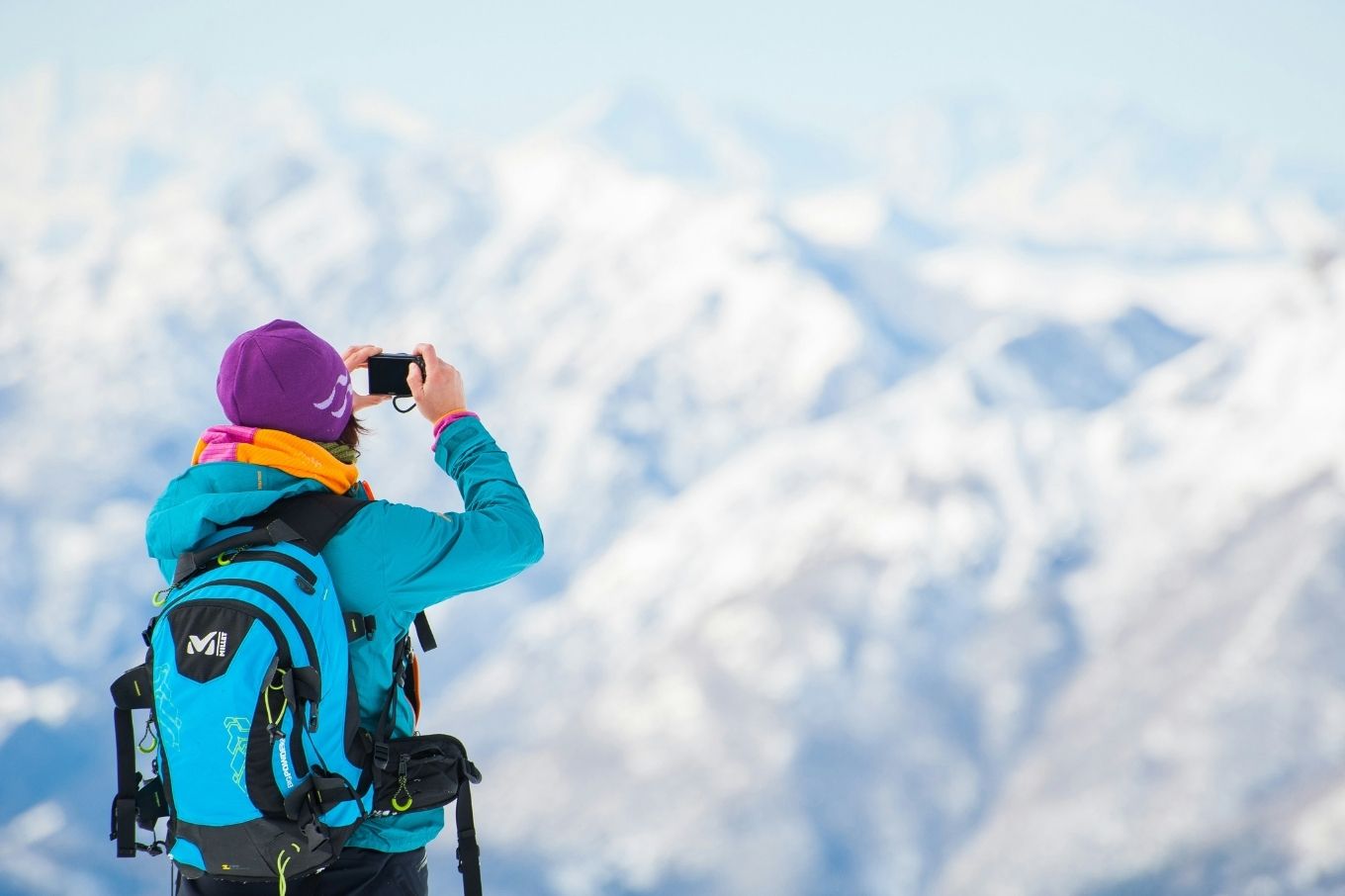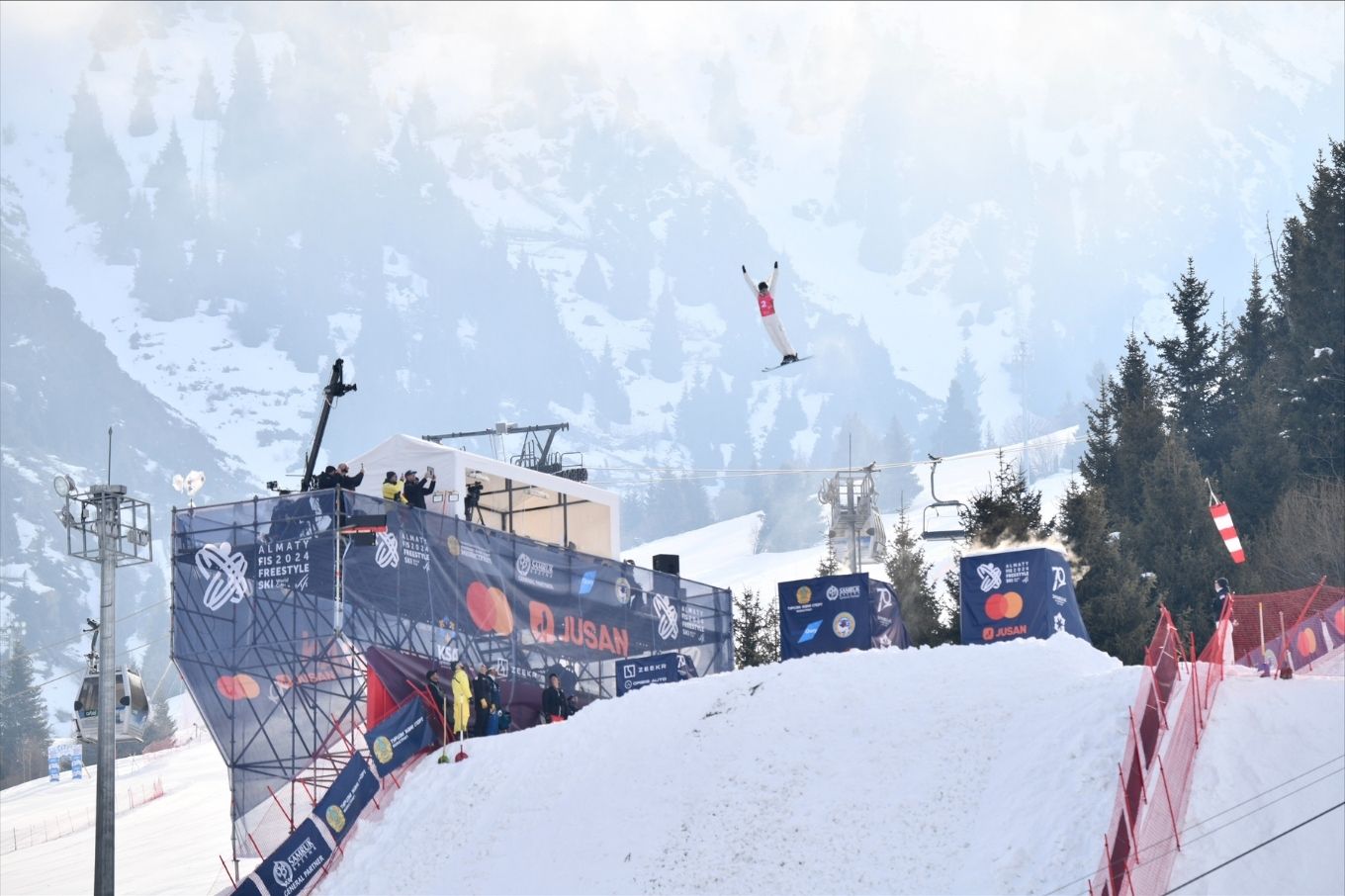Forget COVID, Remember Skin Cancer At The Snow
With the help of a record snow start everybody who can is flocking back to the mountains. If you’ve had your shots and take common sense hygiene precautions you should be safe from COVID, or a bad dose of it at least. For many the flu will be way worse if they haven’t had a flu shot. I learnt my lesson on that front when I couldn’t get out of bed on a waist deep pow day back in 2002 at Las Leñas – religiously got flu shots every season since and never had worse than a cold since. And as far as I know, not posessed by Bill Gates etc either..
But skin cancer is a clear and present danger.
More present at the snow perhaps than at the beach, and because it’s cold your guard is often down.
Who knew Australia had the World’s best air quality and this also contributes to the problem? Not me.
This was supplied by Dr Niyati Sharma, a MoleMap dermatologist – MoleMap is a skin screening service which gives you a historical record of your moles to track them over time. We haven’t tried it, and make no claims about it per se – check them out on the website see link at bottom.
But the info here is valid, and pertinent. Wrap around goggles are the go people – more than happy to be wearing my Oakley Prizms after reading this. There are lots of good options on the goggle front – and the rest should be common sense.
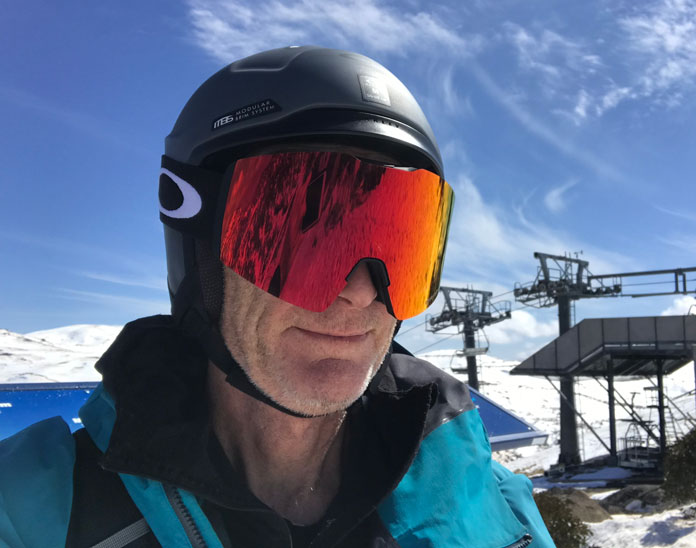
Experts say new data showing Australia’s air quality is ranked as the world’s highest will contribute to an elevated risk of skin cancer for thousands of skiers this season.
According to latest air quality data from Yale and Columbia Universities, Australia has the world’s cleanest air when compared with 180 countries; however dermatologists say the lack of pollution significantly increases exposure to UV – particularly at altitude.[1]
Australia also has the world’s highest rates of melanoma with 16,000 Australians diagnosed and over 1,300 dying from this form of cancer every year.[2]
Around 1.2 million Australians ski or snowboard regularly or occasionally and local ski fields have now opened for the 2022 season.[3]
Dr Niyati Sharma, MoleMap dermatologist, says research shows UV exposure on a ski field is up to 30% higher than at sea level.[4]
She says most skiers are unaware of the level of elevated risk they face for every hour spent on the mountain.
“What we know about leisure activities at altitude is that there is decreased atmospheric shielding from UV radiation, which leads to significantly more UV exposure than at sea level.[5]
“For every 1000m increase in altitude the UV radiation level will increase about 10%. Australia’s highest ski field is over 2,000m and the peak exposure levels could be three times higher than at sea level.[6]
“This means the level of UV exposure while skiing in the winter is equivalent to playing a round of golf in the summer.[7]
“Unfortunately for many of us, winter is synonymous with less sun which tends to lead to a high level of complacency among regular skiers.
“The reality is that UV exposure levels are much more damaging at altitude than most skiers would realise,” she says.
Dr Sharma says research shows the surface of snow acts as a mirror reflecting up to 80% of the sun’s rays back at us – intensifying the levels of UV absorbed through the skin.[8]
“We know that spending time around reflective surfaces like snow and ice means you are getting up to 200% more harmful UV exposure than at the beach.[9]
“This can result in permanent damage to areas of the upper torso not commonly exposed to UV – such as the underside of the chin.[10]
“Research has found that those who work on ski fields and spend long periods of time at altitude have higher rates of actinic keratosis, a precancerous lesion found on sun-damaged skin, than the general population – which tends to highlight the risk, skiers may face,” she says.[11]
Dr Sharma says it is important to mitigate the exposure to UV by protecting your skin and eyes.
“There are a range of ways skiers can protect themselves this winter: the most fundamental of which includes using a good quality sunscreen with maximum SPF you can buy plus a SPF lip balm and UV protective eye gear
“Even while skiing, sweat will reduce the effectiveness of sunscreen and so it is important to reapply it every two hours, even if you have a water resistant one.
“To help prevent ocular melanoma and cataracts, it is also recommended that skiers use wraparound goggles that are labelled as UV protective – rather than sunglasses which can let reflective UV in and also make sure they cover their neck with clothing that is UV rated,” she says.
Dr Sharma says the earth’s eliptical orbit means country’s are exposed to more sunlight than Northern Hemisphere counterparts.[12]
“We know that Australians are already seeing around 13% more UV exposure than the countries above the equator on the equivalent latitude – along with the clean air and our outdoor lifestyles it is one of the reasons we have the world’s highest prevalence of skin cancer.[13]
“It is essential that Aussies, particularly those with common risk factors such as fair skin, red or blond hair or a history of sun damage get screened regularly to prevent the development of melanoma.
“This can be done by your GP or through a skin cancer surveillance service such as MoleMap,” she says.
For Molemap check the link here
Footnotes:
[1] Wolf, M. J., Emerson, J. W., Esty, D. C., de Sherbinin, A., Wendling, Z. A., et al. (2022). 2022 Environmental Performance Index. New Haven, CT: Yale Center for Environmental Law & Policy. Epi.yale.edu. Accessible here.
[2] Australian Government – Cancer Australia. Accessible here.
[3] Roy Morgan Survey. Accessible here.
[4] UV Exposure on NZ Ski Fields. Accessible here.
[5] World Health Organisation. Accessible here.
[6] World Health Organisation. Accessible here.
[7] UV Exposure on NZ Ski Fields. Accessible here.
[8] McKenzie, Richard & Paulin, K. & Madronich, Sasha. (1998). Effects of snow cover on UV irradiance and surface albedo: A case study. Journal of Geophysical Research. 103. 28785-28792. 10.1029/98JD02704.
[9] World Health Organisation. Accessible here.
[10] Siani, A. M., Casale, G. R., Diémoz, H., Agnesod, G., Kimlin, M. G., Lang, C. A., and Colosimo, A.: Personal UV exposure in high albedo alpine sites, Atmos. Chem. Phys., 8, 3749–3760, https://doi.org/10.5194/acp-8-3749-2008, 2008.
[11] Gilaberte Y, Casanova JM, García-Malinis AJ, et al. Skin Cancer Prevalence in Outdoor Workers of Ski Resorts. J Skin Cancer. 2020;2020:8128717. Published 2020 Jan 28. doi:10.1155/2020/8128717

